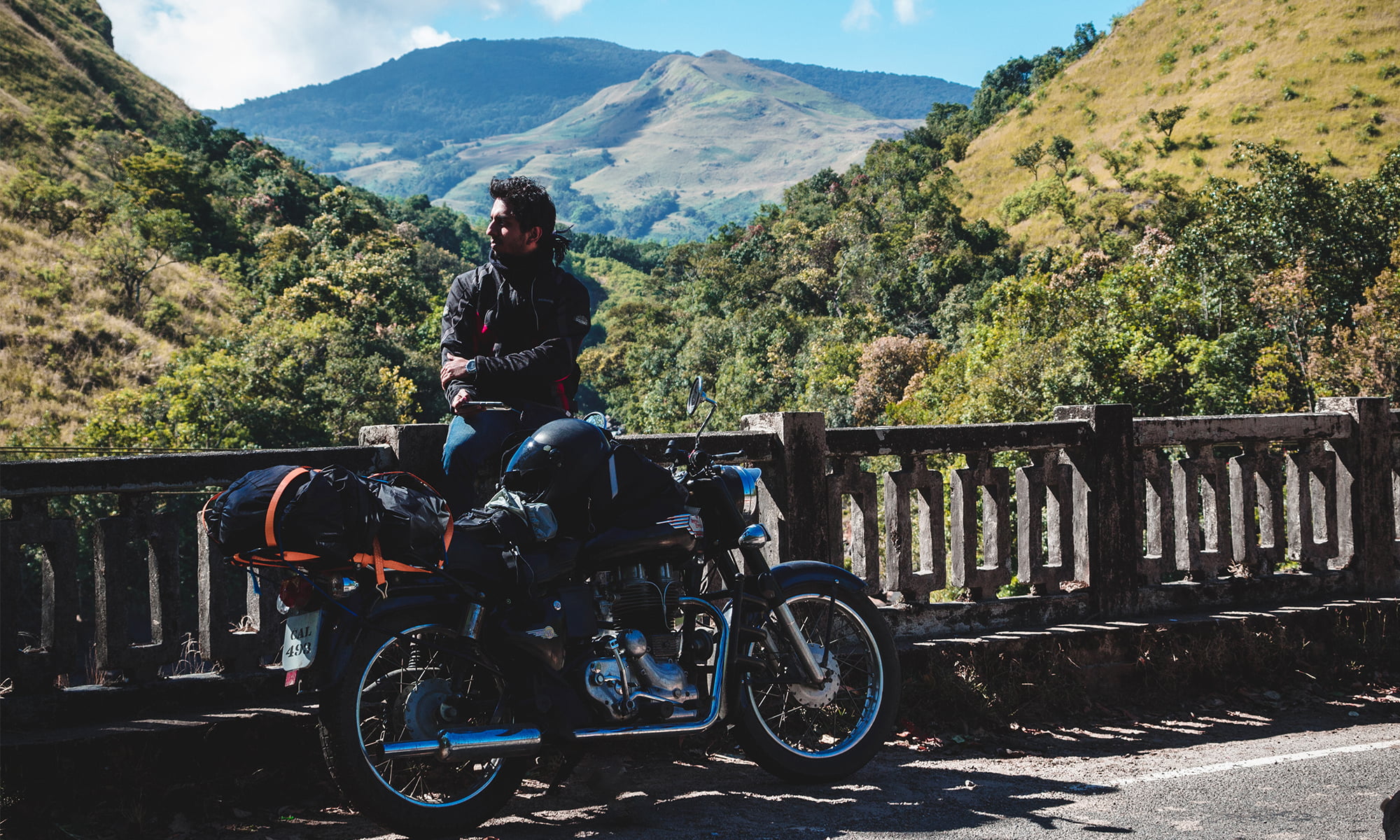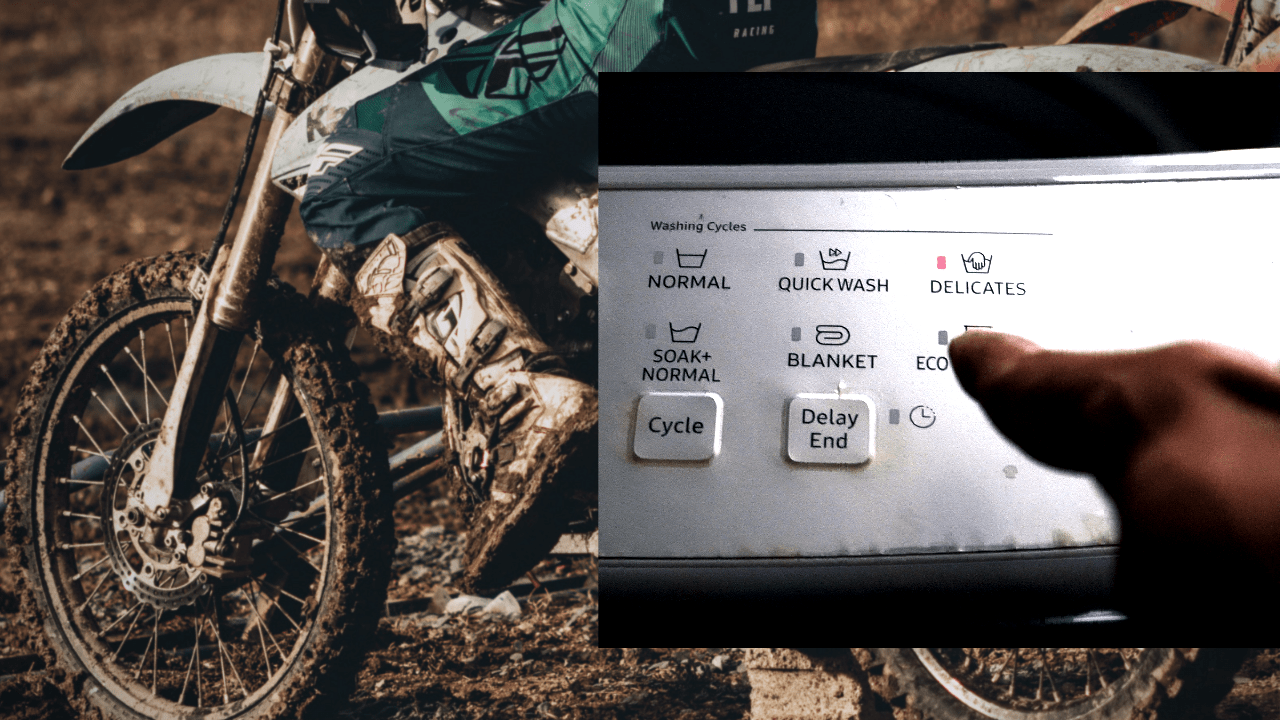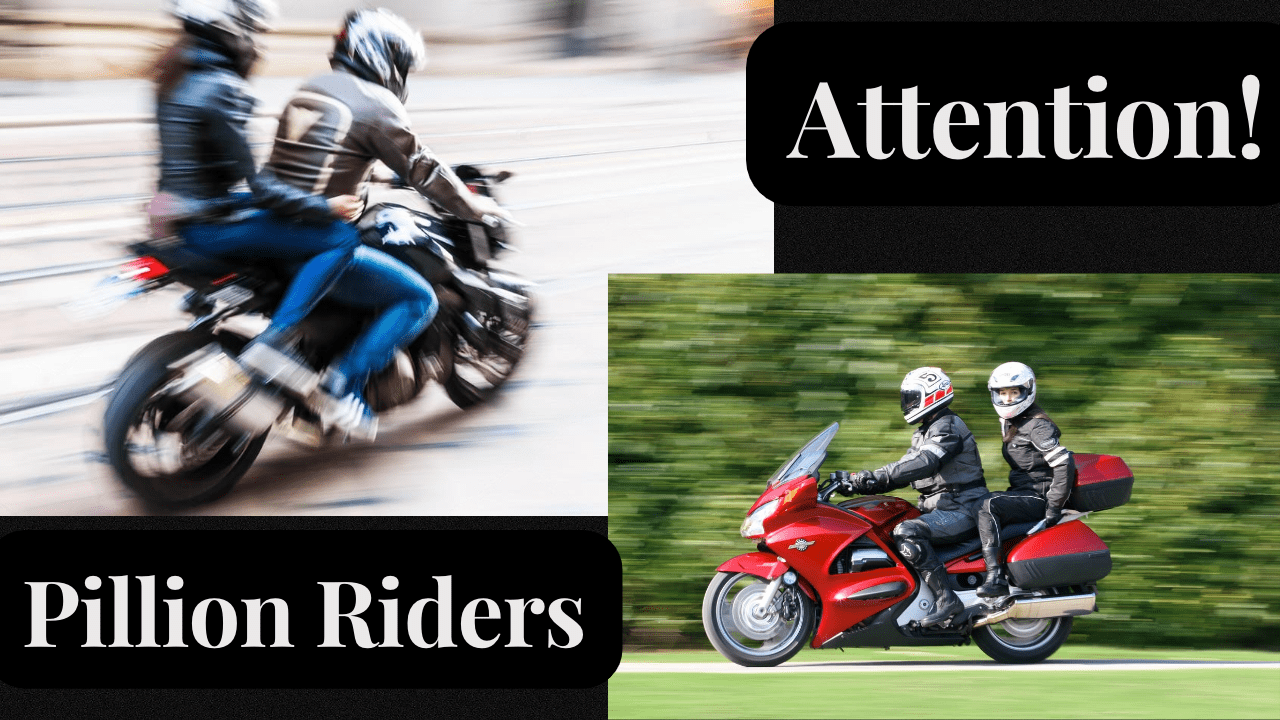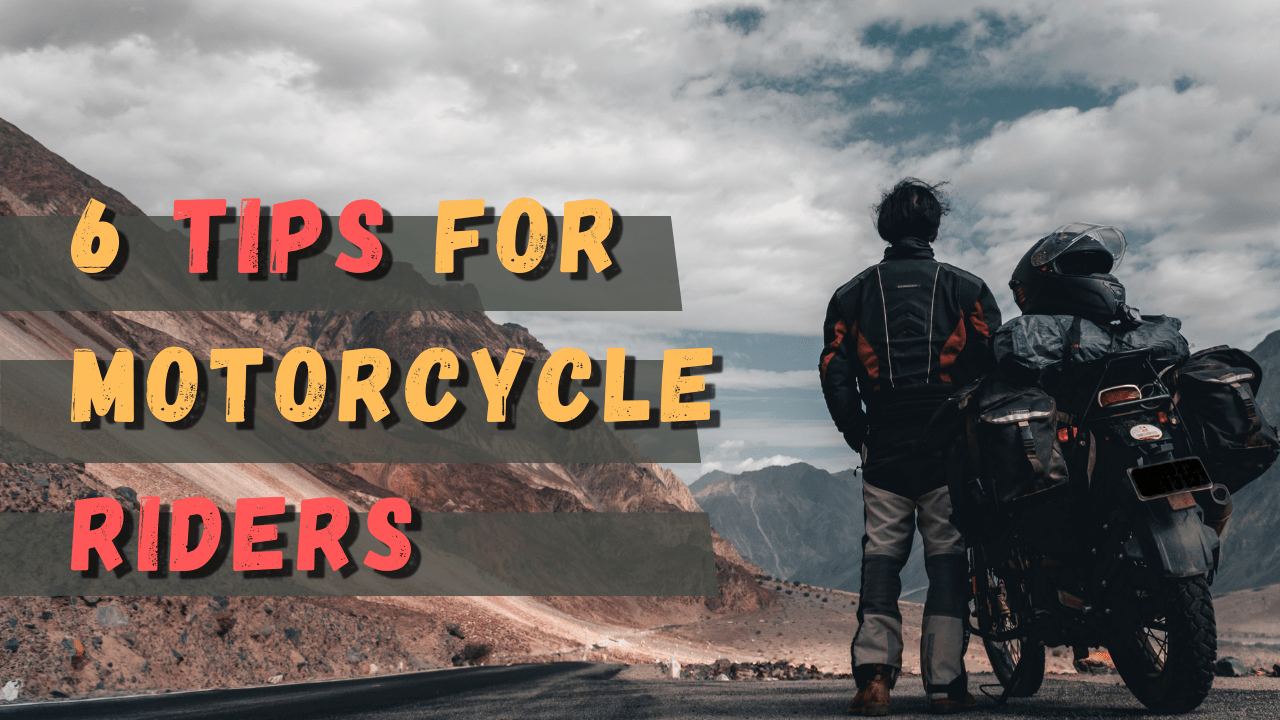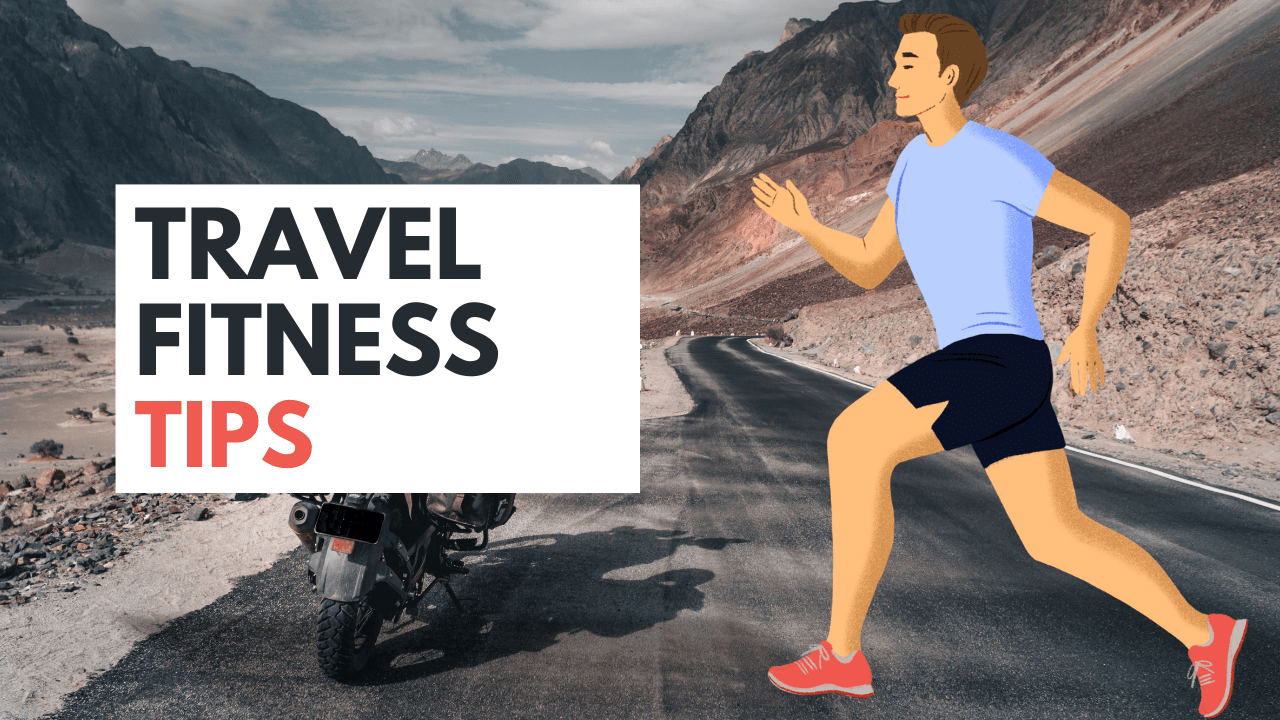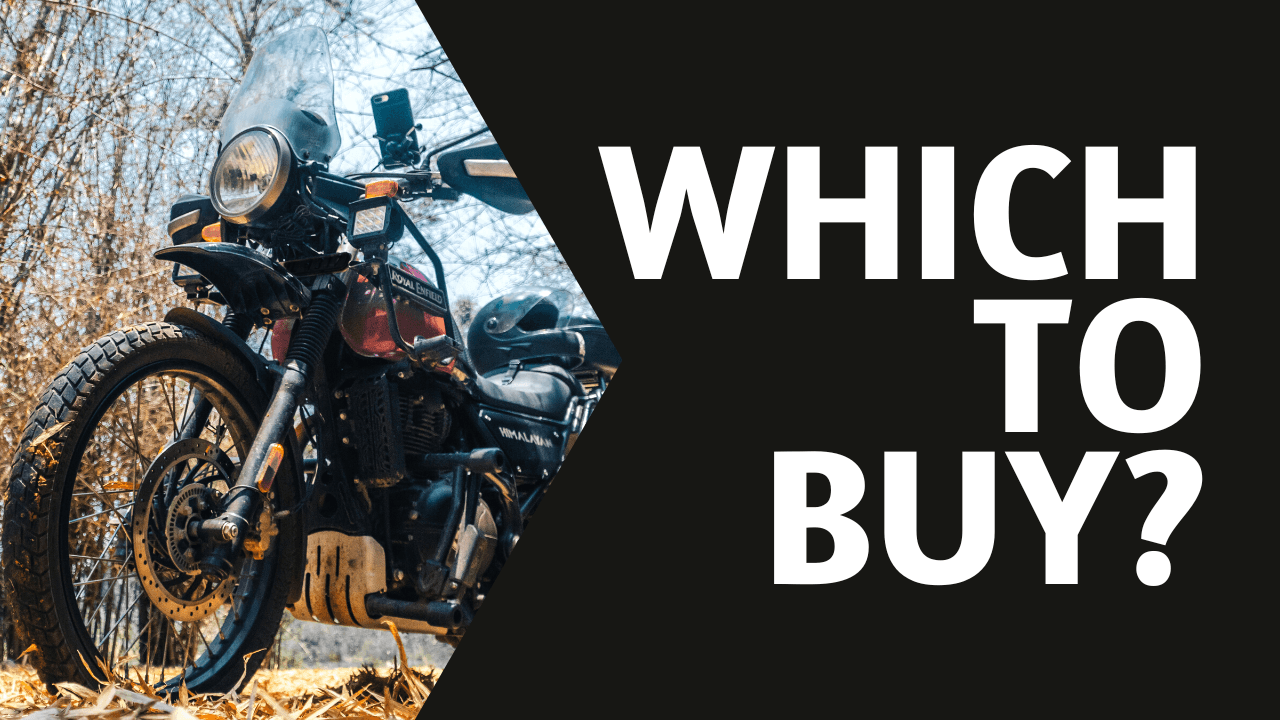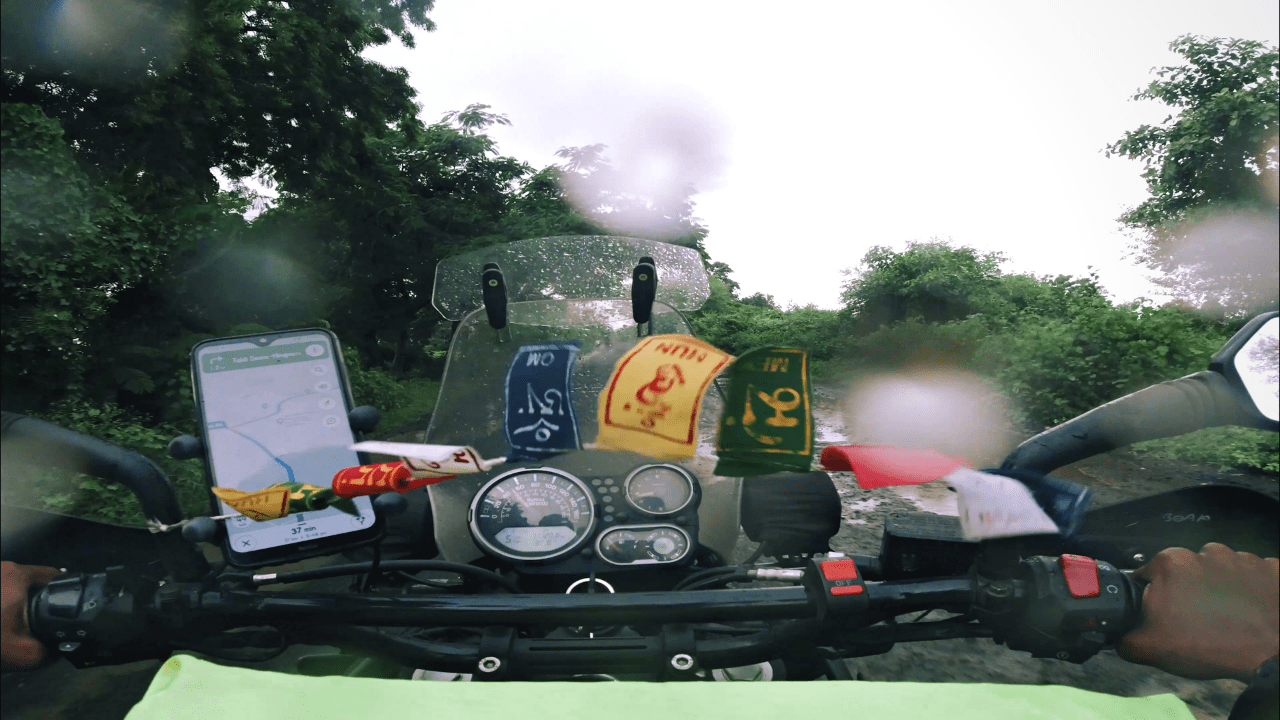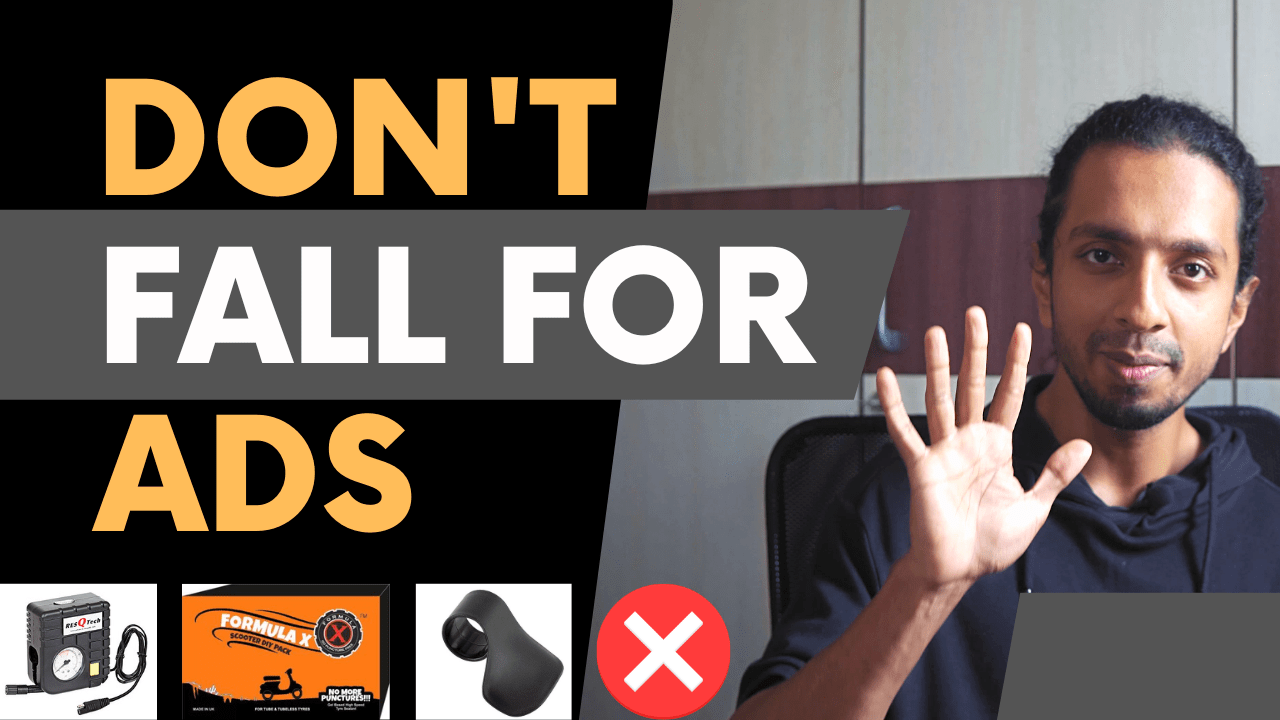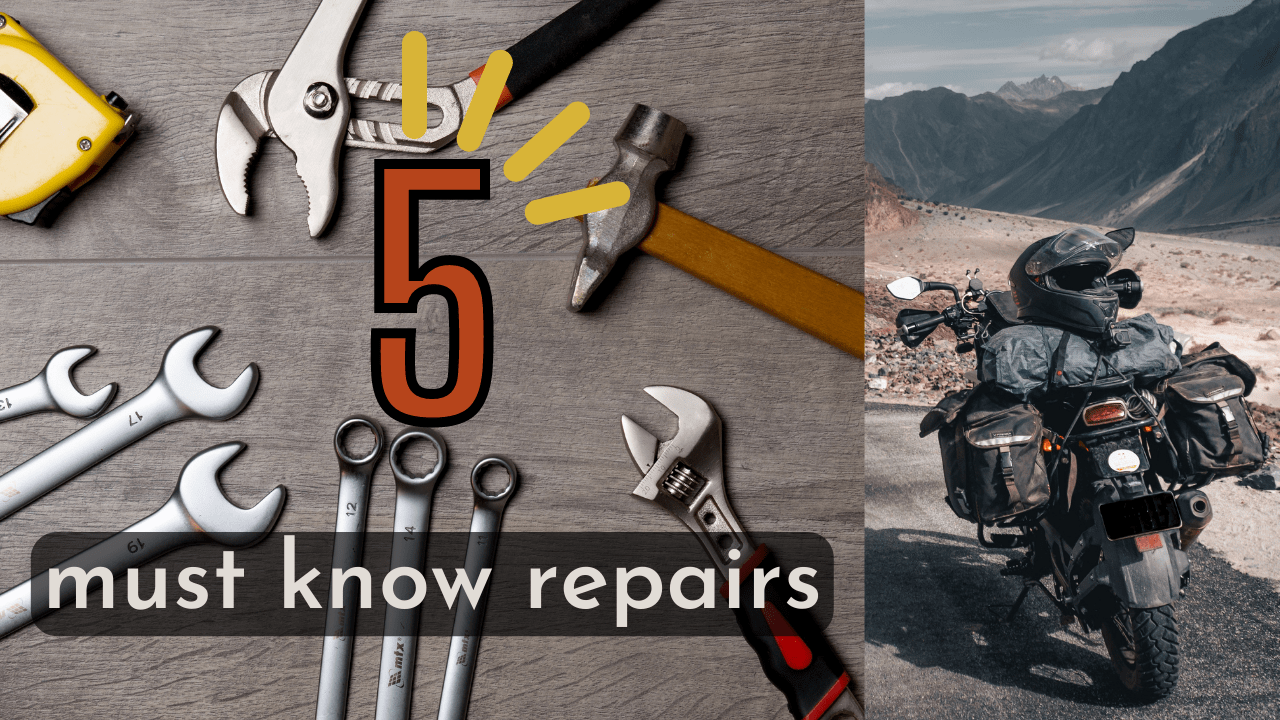Motorcycle riding gears are made from the toughest pieces of fabric to withstand the shear forces you suffer from in the event of a fall. Yet, it is so delicate that one wrong wash can destroy it. Here are some tips on how to wash your motorcycle riding gear.
How to wash riding jackets and pants?
Riding jackets and pants can be of mesh material, fully waterproof ones or a mixture of both. Both jackets and pants need equal care while washing. Here are some dos and don’ts on how to wash your motorcycle jacket/pants.
- Remove all the protective padding from the jacket or pants before washing.
- If your motorcycle riding jacket/pant has some tough stain, wipe them off as much as possible with a damp cloth and a mild soap solution.
- Close all the zips.
- Soak the jacket or pants in plain water for 10-15 minutes. Do not soak them along with the detergent. This will cause the reflective lining to wear off.
- Use a delicate machine/hand wash technique with the mildest detergent available.
- Do not twist or squeeze for drying. Allow it to dry under the shade.
- If your jacket/pants are made of leather, follow the specific wash instructions given on the label.
How to wash riding gloves and boots?
Riding gloves and boots may have parts made of leather. The best way to wash them is by wiping the dirt off with a damp cloth and a mild detergent.
Do not soak them or use machine wash as this might cause the leather and the glue to wear off. Dry them under the shade and not in direct sunlight.
How to wash helmet lining and balaclava?
Soak the detachable helmet lining in plain water and then wash in a machine or with hand using delicate techniques. Dry them under the shade only.
How to wash rain gear?
Wash rain gears under running water or wiped with a damp cloth. Usually, no detergent is needed but if there’s a tough stain, use a mild detergent. Never machine wash them or use twisting techniques to dry them. Dry them under the shade only.
Riding gear lasts a very long time if given the proper care it deserves. Use specific instructions as given in the instruction manual for riding gears for better results. If the gear is severely damaged, replace it with a new one. I hope this information on how to wash motorcycle riding gear was helpful.
Check out the article summed up in a video on my channel –
- How to record your helmet intercom conversations
- Vnetphone V6 – A bang for your buck intercom!
- Easy Clutch Review – Make Your Himalayan Feel Like A Honda!
- Mototorque Crash Guard for Triumph Scrambler 400X & Himalayan
- Powertronics V4 improves performance on Himalayan 411 – Really?
- FuelX Pro – Is it any good for the Himalayan 411?
- Acerbis First Copy Hand Guards for Scrambler 400X & KTM ADV
- How’s the YSS Suspension for Himalayan 411? – A Review
- Reise TrailR for Triumph Scrambler 400X – Enjoy the off road!
- Maddog Scout X – A long term review on the Scrambler 400X
